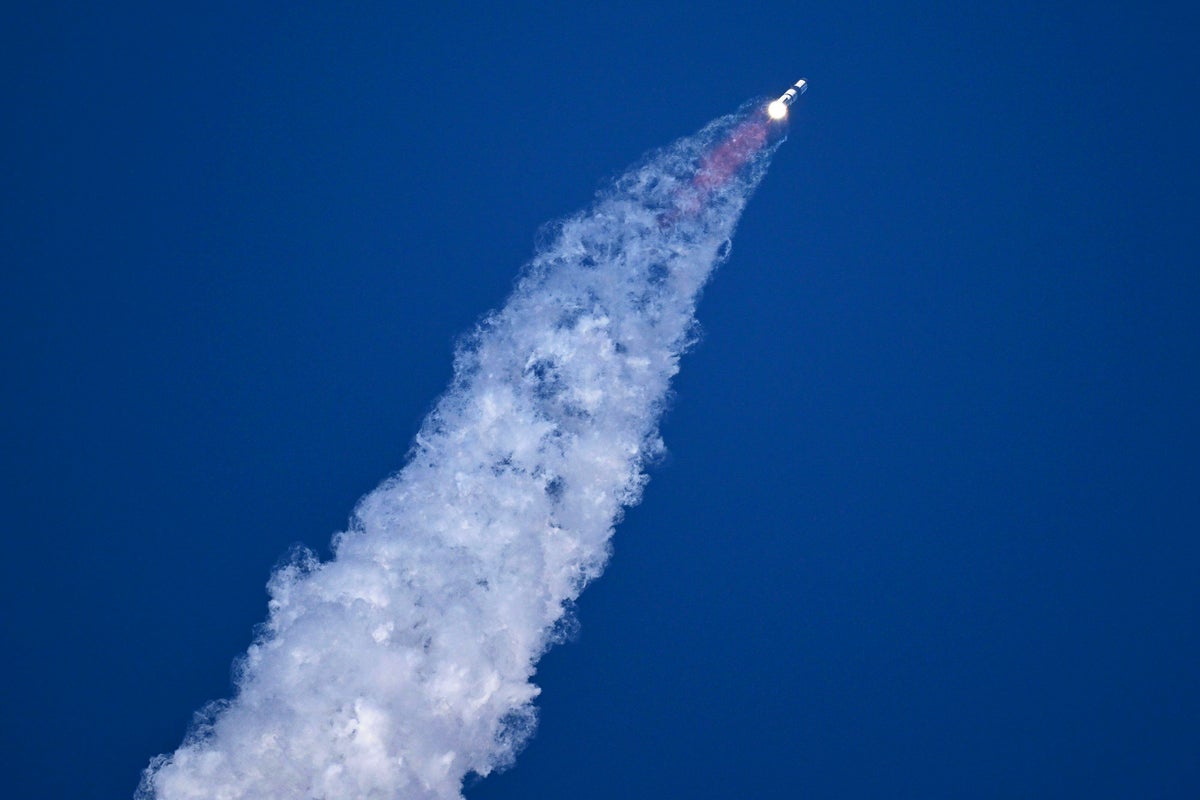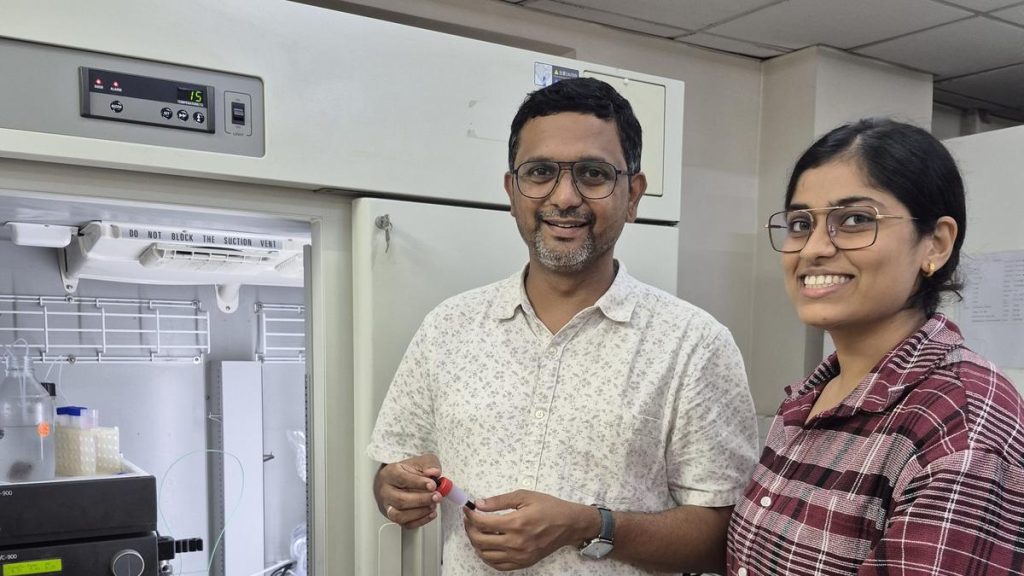Now Reading: Why Do SpaceX Starships Keep Failing?
-
01
Why Do SpaceX Starships Keep Failing?
Why Do SpaceX Starships Keep Failing?

Quick Summary
- SpaceX’s Starship program has faced multiple setbacks with rockets exploding during test flights and operations in 2025, totaling four major failures so far.
- The issues stem from leaks, fires, and explosions in the fuel systems involving liquid methane and liquid oxygen.
- Cryogenic fuels present unique challenges due to extreme temperatures required for storage and the stress from thermal cycling on materials.
- Vibrations during operation (harmonic oscillations), weight constraints, and aerodynamic reentry complications are speculated causes of spacecraft failures.
- Starship aims to carry between 110-165 tons of payload into orbit-five times more than NASA’s space shuttle-with unprecedented structural lightweight design goals (0.05 dry mass ratio).
- SpaceX employs a trial-and-error approach: iterating designs by testing adjustments such as stronger winglets, new heat-resistant tiles, hardened fuel lines, and added vents for reducing vibration-related risks.
- Upcoming missions include significant stakes-the artemis III Moon mission scheduled by NASA in 2027 relies heavily on reliable performances from Starship.
Image:
!Read More
Indian Opinion Analysis
While SpaceX grapples with complex engineering challenges related to its aspiring Starship project, India can draw practical lessons from these developments as it seeks to advance its own space program. The trial-and-error methodology employed echoes a rigor essential for exploiting cutting-edge innovation but highlights inherent risks when timelines overshadow reliability.
For India’s growing focus on reusable technologies within ISRO projects like Gaganyaan or private ventures through IN-space initiatives, emphasizing lasting design over aggressive weight-saving measures may prevent recurring failures akin to those seen at SpaceX. Moreover, prioritizing stable cryogenic propellant handling protocols could be advantageous given India’s expanding investment in exploring moon landings or interplanetary missions requiring efficient propulsion systems.Space exploration is inherently challenging; however-with proper collaboration between global players-it holds transformative potential for scientific research while reshaping transportation economics. responsible development devoid of unattainable payload ambitions might serve nations seeking steady yet significant contributions toward human presence beyond Earth’s atmosphere.




























